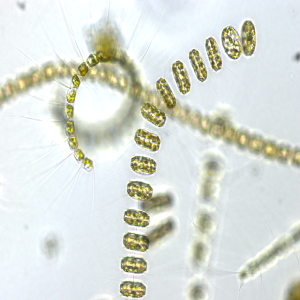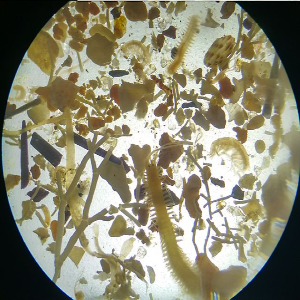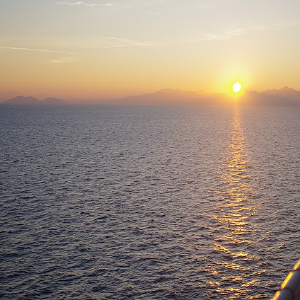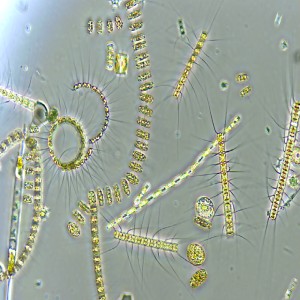Relationships between phytoplankton light absorption, pigment composition and size structure in offshore areas of the Mediterranean Sea
Submitted: 5 June 2015
Accepted: 5 June 2015
Published: 1 December 2011
Accepted: 5 June 2015
Abstract Views: 1468
HTML: 215
Publisher's note
All claims expressed in this article are solely those of the authors and do not necessarily represent those of their affiliated organizations, or those of the publisher, the editors and the reviewers. Any product that may be evaluated in this article or claim that may be made by its manufacturer is not guaranteed or endorsed by the publisher.
All claims expressed in this article are solely those of the authors and do not necessarily represent those of their affiliated organizations, or those of the publisher, the editors and the reviewers. Any product that may be evaluated in this article or claim that may be made by its manufacturer is not guaranteed or endorsed by the publisher.
Organelli, E., Nuccio, C., Melillo, C., & Massi, L. (2011). Relationships between phytoplankton light absorption, pigment composition and size structure in offshore areas of the Mediterranean Sea. Advances in Oceanography and Limnology, 2(2), 107–123. https://doi.org/10.4081/aiol.2011.5320
PAGEPress has chosen to apply the Creative Commons Attribution NonCommercial 4.0 International License (CC BY-NC 4.0) to all manuscripts to be published.



 https://doi.org/10.4081/aiol.2011.5320
https://doi.org/10.4081/aiol.2011.5320







